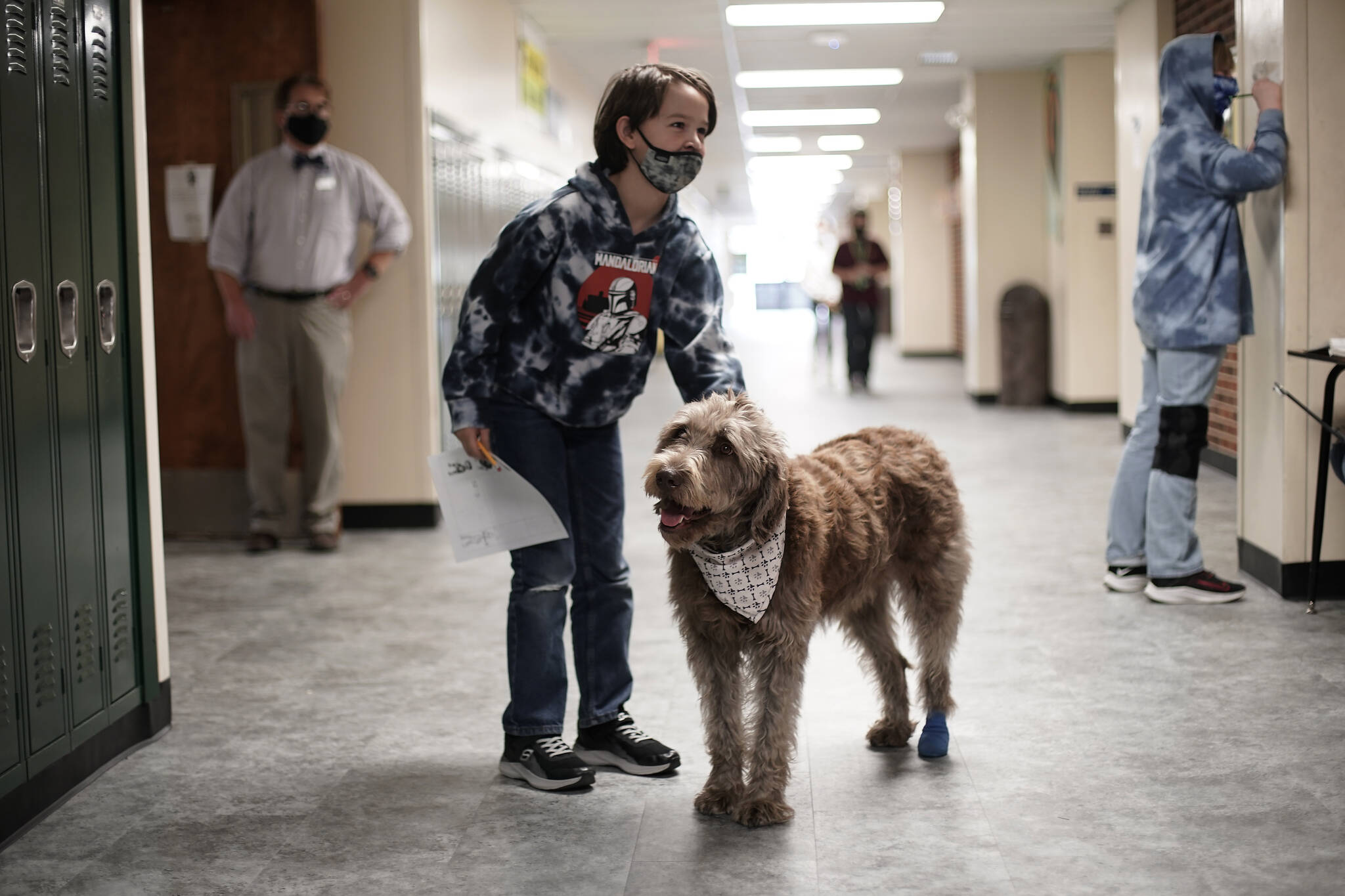Alaska has seen a rise in behavioral health issues among teenagers since the start of the pandemic, state health officials said Thursday, but it’s a problem the state has been dealing with for a long time.
The state saw an increase in the number of teens who died by suicide in the past 10 years, said Leah Van Kirk, suicide prevention program coordinator with the Department of Health and Social Services.
The pandemic was “a particularly vulnerable time for our youth,” Van Kirk said.
Van Kirk spoke with reporters during state health officials’ weekly meeting with reporters regarding COVID-19. She said Alaska has long had high rates of mental health issues and the pandemic made many of those problems worse.
On Tuesday, U.S. Surgeon General Dr. Vivek Murthy released an advisory detailing the pandemic’s effects on what he called a youth mental health crisis.
“The COVID-19 pandemic further altered their experiences at home, school, and in the community, and the effect on their mental health has been devastating,” Vivek said in a statement.
The effects in Juneau have already been apparent. In November 2020, Bartlett Regional Hospital released information about the increase in the need for behavioral health services among youth. At that time the hospital noticed an increase in the number of outpatient psychiatric visits and suicide attempts by minors.
Bartlett spokesperson Katie Bausler wasn’t able to provide updated data specific to the hospital’s mental health unit but said the demand for psychiatric services increased during the pandemic.
In a phone interview with the Empire, Alaska Suicide Prevention Council executive director Beverly Schoonover said even before the pandemic Alaska had one of the highest rates of teen suicide in the nation. In fact, Schoonover said, 2019 had the highest suicide rate the state had seen in years. Data for 2020 and 2021 was still being processed Schoonover said, but preliminary reviews showed disturbing trends.
“The data is really conclusive; Alaskan males are dying at a greater rate, but females are attempting suicide more,” Schoonover said.
[School district lowers price for RALLY program]
The most concerning groups were aged 20-24, according to Schoonover, the post-teenage years when young people are transitioning into the workforce and out of the home.
Suicide prevention has long been focused on men, Schoonover said, but the data showing increased suicide attempts among women has led the council to rethink its target audience for suicide prevention.
“When we saw that attempt data,” Schoonover said. “It doesn’t matter your gender.”
Alaska also led the nation in deaths by suicide among younger children, with 23 suicides between the ages of 10-14 from 2010-2019, Schoonover said.
Zach Gordon Youth Center executive director Jorden Nigro said she and her staff have noticed an increase in anxiety among young people. But many of the youth that come to the center tend to already be well-connected with their community, Nigro said. It’s the students that aren’t as connected that are concerning, she said.
“This is a hard time for adults, so of course it would be hard for teens,” Nigro said. “I think that teens are not a lot different from a lot of us in their needs for community. We’ve been separated from each other. This is a difficult time of year in Alaska, always.”
Zach Gordon has staff on hand to help guide children in need to the right services, and Schoonover said Juneau has several mental health support groups in place already.
JAMHI Health and Wellness, Inc; The National Alliance on Mental Health Juneau and Juneau Youth Services all offer behavioral health services to those in need.
Alaska offers a free emergency suicide prevention hotline, Schoonover said, that was available at any time.
The Alaska Careline can be reached anytime at 1-877-266-4357 or by texting 4help to 839863 from 3-11 p.m. Tuesday-Saturday.
The National Suicide Prevention Lifeline is available 24/7. It can be reached at 800- 273-8255.

